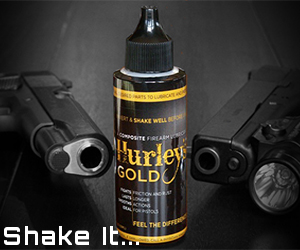txinvestigator
TGT Addict
Since you have chosen to be condensending to those who disagree, I will act likewise. My 12 year old read that section, and even SHE can comprehend that 9.04 does not read "that drawing and presenting your weapon with the intention of creating apprehension that deadly force will be used if necessary is justified under the use of force sections of the chapter". It simply says that doing so IS NOT DEADLY FORCE.We'll try this one more time, then I believe I am done with this thread. I would assume all of us can read and have some level of reading comprehension.
PC s9.04. THREATS AS JUSTIFIABLE FORCE. The threat of force
is justified when the use of force is justified by this chapter. For purposes
of this section, a threat to cause death or serious bodily injury by
the production of a weapon or otherwise, as long as the actor's purpose
is limited to creating an apprehension that he will use deadly
force if necessary, does not constitute the use of deadly force.
No, it does not say you can willy nilly draw your weapon any time you want to. It says that when the use of force is justified under that chapter, that drawing and presenting your weapon with the intention of creating apprehension that deadly force will be used if necessary is justified under the use of force sections of the chapter.
You must realize that the use of force laws refer to degrees of force. The degree of force you use must be reasonable. Producing a weapon is not a reasonable response to a simple shove from another person, nor does 9.04 make it justified. It is not a reasonable degree of force.
Producing a weapon IS force. It is not deadly force if your purpose is to create an apprehension that you will use deadly force if necessary. Producing a weapon is not a "threat of force", it is a threat of deadly force.
I guess it all depends on what the definition of 'is' is...either way, I guess we'll have to agree to disagree.
Disagree all you want, but I will be sure others don't depend on the wrong information contained in this thread.






